Pro-bono assistance is ready and waiting for Community Legal Centres, a webinar audience was told this month.
Robert Reed, Special Counsel and Pro Bono & Community Investment Senior Manager at MinterEllison, and Shaun Chng, Senior Associate at Clayton Utz, shared their insights on February 15 for the Community Legal Centres Queensland (CLCQ) event, ‘How to Pro Bono’: Using pro bono partnerships to maximise your CLC’s impact.
Robert began the one-hour webinar by describing how the pro-bono sector had grown exponentially in the past 25 years, and how CLCs could capitalise on this.
He said embedded and well-resourced pro-bono divisions had developed in many large and mid-tier forms across the country, boosted by the introduction of fee credits, which enabled pro-bono work to be treated like fee-paying work.
He said organised gatherings of pro-bono practitioners and managers, such as the Queensland Pro Bono Lawyers Network, had also become active in past decade.
“Pro bono is really an area where firms don’t compete – they share – and we talk to each other about success stories, things we’ve tried, needs that we have ascertained through our partnerships, and pain issues that we experience,” he said.
Robert said specific pro-bono referral organisations such as LawRight had been established, as had the peak body the Australian Pro Bono Centre, which had formulated an aspirational pro-bono target of 35 hours per lawyer per year.
He said firms wanted to do pro-bono work, and wanted to do it well, and in some circumstances, needed to do it.

“There’s clearly a lot of unmet legal need out there and an inability in the legal assistance sector under current funding and resourcing to meet that demand, and pro bono is there to help fill the gap,” he said.
“I note here that pro bono is not, and has never been, intended to be a replacement for legal assistance funding.
“In fact, pro bono relies on a properly funded CLC sector. It’s a two-way street – while we might provide resources, we need CLCs to make sure our work is effective and direct us to the issues and connect us to the clients where our resources are most needed.
“Firms are generally and genuinely looking for effective pro-bono opportunities. Some are at capacity and can’t take on much more at the moment, some have room to move and others are just starting out.”
Robert said an ongoing relationship with a firm or firms had many benefits.
“You understand what the firm can and can’t do, and the firm understands how you operate and what your pain points are, and that makes for a much more efficient and flexible referral or request process in the long run,” he said.
“And for relationship growth, you can keep each other up to date on your respective organisations, what’s impacting your community and clients; you can openly discuss what’s working and what isn’t, what’s needed and no longer needed; (and) therefore you can adapt or abandon projects accordingly and introduce new ones.”
Shaun spoke about the various types of pro-bono assistance available to CLCs, including casework referral schemes, clinics, law reform projects, systems development, “phone a friend” guidance, and continuing legal education.
“It could be that you no longer have capacity to assist with a matter that is particularly time-consuming; it could be that the client you are assisting is experiencing a legal issue that your organisation doesn’t have expertise in; or for example, the client is particularly vulnerable and could benefit from legal representation as opposed to advice,” he said.
For information on CLCQ webinars, visit the website.


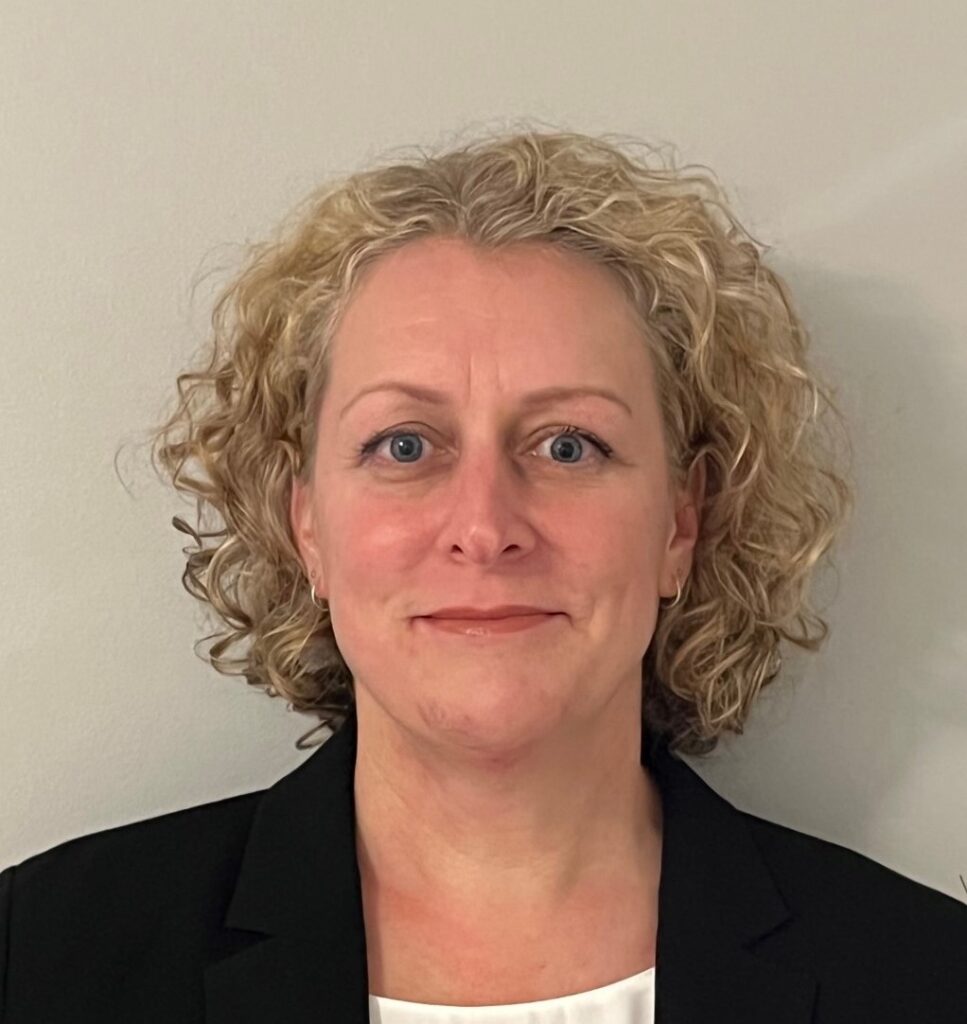


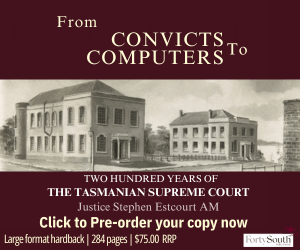

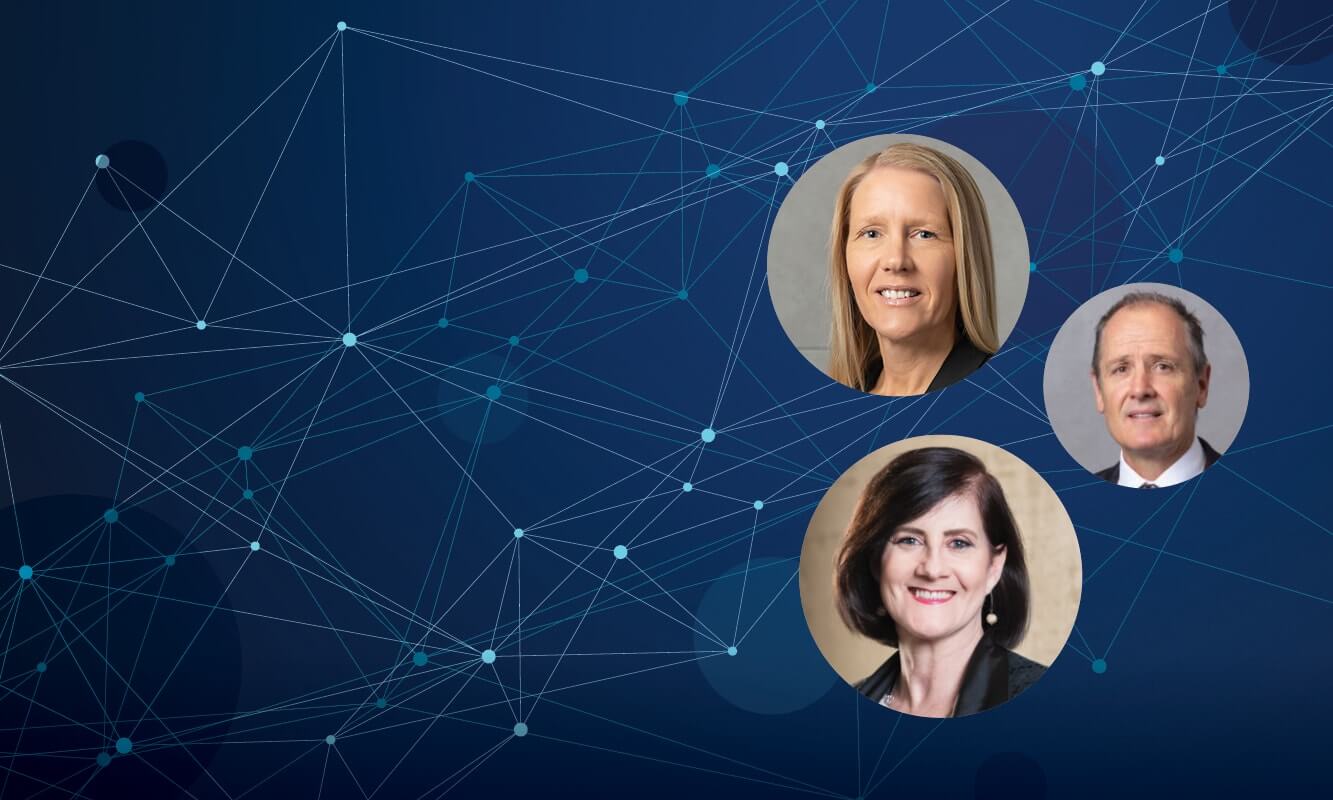

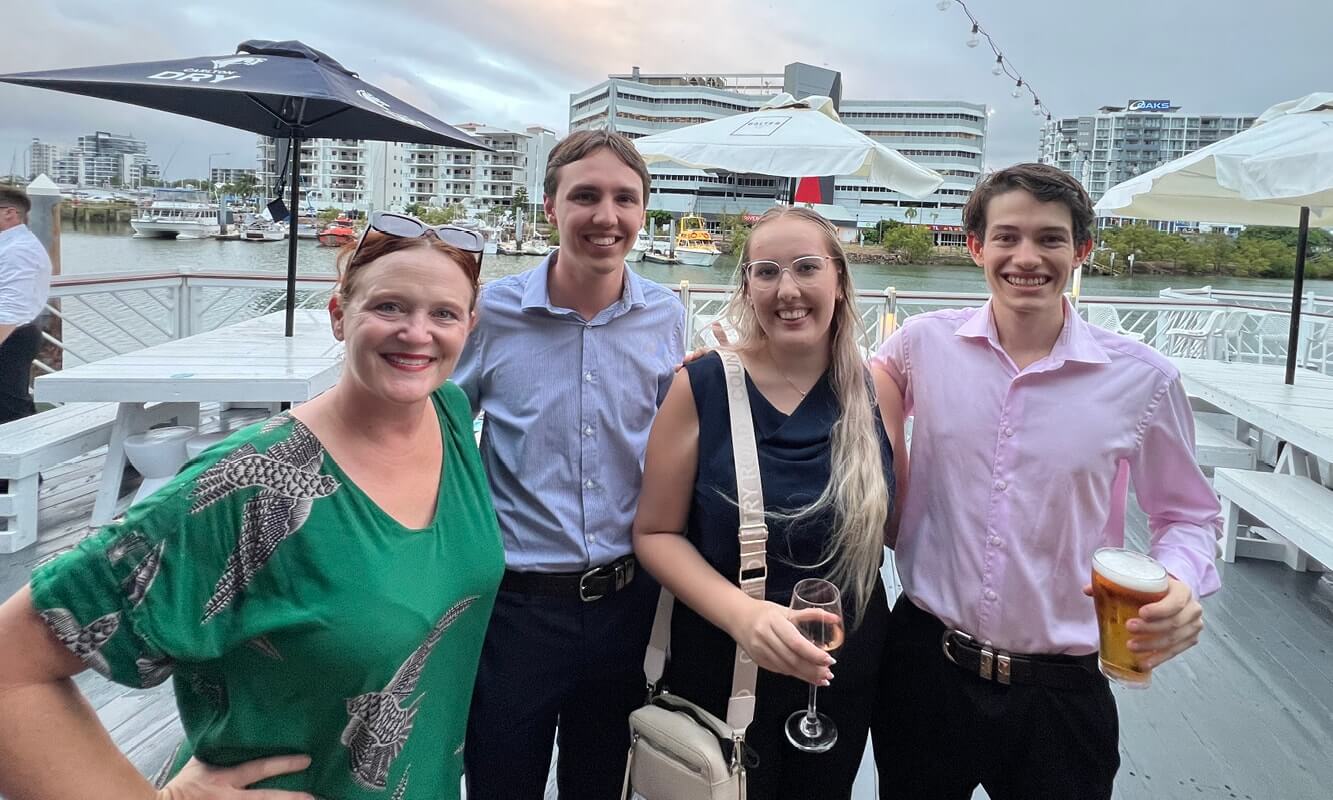
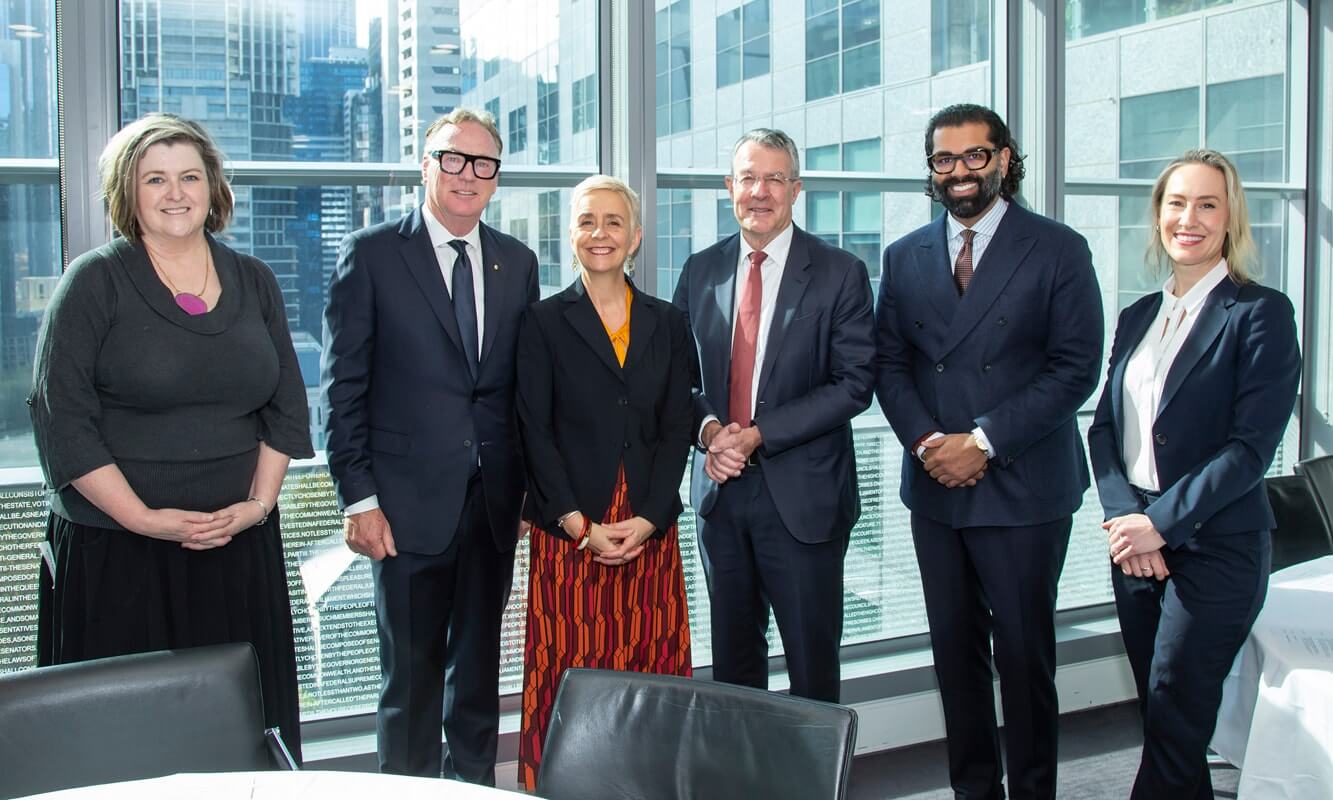



Share this article